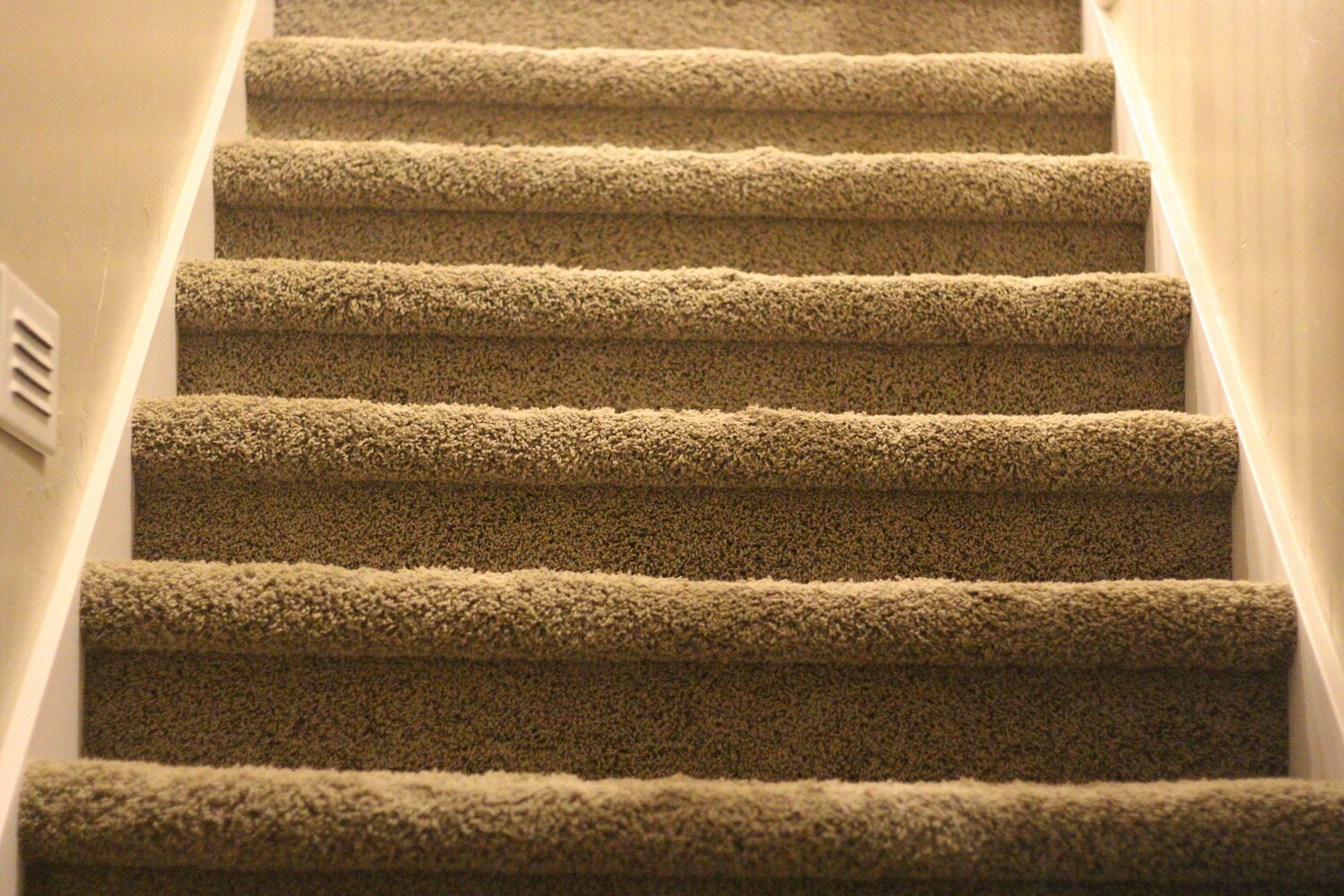- Home
- Articles
- Architectural Portfolio
- Architectral Presentation
- Inspirational Stories
- Architecture News
- Visualization
- BIM Industry
- Facade Design
- Parametric Design
- Career
- Landscape Architecture
- Construction
- Artificial Intelligence
- Sketching
- Design Softwares
- Diagrams
- Writing
- Architectural Tips
- Sustainability
- Courses
- Concept
- Technology
- History & Heritage
- Future of Architecture
- Guides & How-To
- Art & Culture
- Projects
- Interior Design
- Competitions
- Jobs
- Store
- Tools
- More
- Home
- Articles
- Architectural Portfolio
- Architectral Presentation
- Inspirational Stories
- Architecture News
- Visualization
- BIM Industry
- Facade Design
- Parametric Design
- Career
- Landscape Architecture
- Construction
- Artificial Intelligence
- Sketching
- Design Softwares
- Diagrams
- Writing
- Architectural Tips
- Sustainability
- Courses
- Concept
- Technology
- History & Heritage
- Future of Architecture
- Guides & How-To
- Art & Culture
- Projects
- Interior Design
- Competitions
- Jobs
- Store
- Tools
- More

Picture yourself standing in the yarn aisle of your local craft store, surrounded by a kaleidoscope of colors and textures. Your fingers dance over skeins of soft wool, sturdy cotton, and vibrant acrylic. But wait, what’s this? Your eye catches on a unique display of Loopara milk yarn, its eco-friendly appeal calling out to you. You’re on a mission to create the perfect dishcloth, but now you’re faced with even more choices. As your hand hovers over a particularly eye-catching ball of acrylic yarn, you pause. A question bubbles up from the depths of your crafter’s conscience: “Can I use acrylic yarn for dishcloths? And what about this intriguing milk yarn?”
This question has echoed through crafting circles for generations, sparking debates as heated as a well-used crochet hook. Today, you’re about to embark on a journey through the tangled world of fibers, myths, and practical considerations. So, grab your favorite hook or needles, settle into your crafting nook, and let’s unravel this knotty issue together.
The Mythology of Fibers: From Ancient Cotton to Modern Milk Yarn
Before we dive into the practicalities, let’s take a moment to appreciate the rich tapestry of fiber mythology. While cotton and wool have been around since time immemorial, with tales of their discovery lost to the mists of time, acrylic yarn has a more recent and somewhat magical origin story.
Imagine yourself transported back to the labs of the 1940s. World War II is raging, and scientists are frantically searching for alternatives to natural fibers. In this pressure cooker of innovation, a team of chemists accidentally creates a new polymer. As they watch it form, they’re reminded of the delicate beauty of acrylic resin. Thus, acrylic fiber is born – a marvel of modern science that would soon revolutionize the textile industry.

But the story of fiber innovation doesn’t end there. Fast forward to the present day, and you’ll find yourself holding a skein of Loopara milk yarn. This eco-friendly yarn, made from the casein protein in milk, represents the latest chapter in our ongoing quest for sustainable, high-performance fibers. It’s as if the ancient shepherds who first spun wool have passed their innovative spirit down through the ages, culminating in this modern, eco-conscious creation.
Acrylic Unveiled: The Synthetic Wonder
Now that you know its origin, let’s delve deeper into what makes acrylic yarn unique. As you run your fingers over a skein, you’re touching a material that’s:
- Incredibly durable, capable of withstanding years of use and countless washes
- A chameleon of the yarn world, able to mimic the look and feel of natural fibers
- A guardian against moths and oils, protecting your creations from common fiber foes
- A low-maintenance companion, happy to take a spin in your washing machine
- A color enthusiast’s dream, offering a spectrum of shades that would make a rainbow jealous
- Budget-friendly, allowing you to stock up without breaking the bank
As you contemplate these qualities, you might find yourself thinking, “This sounds perfect for dishcloths!” But before you cast on or chain up, let’s explore both sides of this crafting conundrum.
The Case For Acrylic Dishcloths: A Tale of Durability and Vibrancy
Imagine you’ve decided to take the plunge and create an acrylic dishcloth. As you work the yarn, you’re crafting more than just a simple kitchen accessory – you’re creating a colorfast warrior, ready to tackle the toughest of dish duties.
Your acrylic dishcloth, once complete, becomes the Hercules of your kitchen. It withstands the test of time, maintaining its shape and color even after countless battles with grimy pots and pans. It dries quickly between uses, like a swimmer shaking off water, reducing the risk of becoming a breeding ground for bacteria.
And let’s not forget about aesthetics. Your acrylic dishcloth is a vibrant spot of color in the sometimes dreary world of kitchen chores. Months down the line, when other dishcloths have faded to pale shadows of their former selves, your acrylic creation still shines bright, a cheerful reminder of your crafting skills.
The Case Against Acrylic Dishcloths: A Cautionary Fable
But wait! Before you fully commit to acrylic, let’s consider the flip side of this fiber tale. Picture yourself using your newly created acrylic dishcloth for the first time. You might notice that it doesn’t quite embrace water the way you expected. Unlike thirsty cotton that eagerly soaks up spills, your acrylic cloth seems to hesitate, as if it’s not quite sure about this whole ‘absorbing’ business.
As you use your dishcloth over time, you might also find yourself in a Goldilocks situation with temperature. Too cold, and it might not clean as effectively. Too hot, and you risk the acrylic becoming as pliable as the cheese on a pizza – not an ideal quality in a dishcloth!
And then there’s the environmental consideration. Each time you wash your acrylic dishcloth, it releases tiny plastic particles – microplastics – into the water system. It’s as if your dishcloth is leaving behind a trail of breadcrumbs, except these won’t biodegrade and might have lasting impacts on the environment.
The Loopara Alternative: Milk Yarn Magic
As you ponder the pros and cons of acrylic, your gaze drifts back to the Loopara milk yarn display. This innovative fiber offers a compelling alternative that might just solve your dishcloth dilemma.
Milk yarn, like the one offered by Loopara, is crafted from casein, a protein found in milk. This unique origin gives it some remarkable properties:
- Softness that rivals luxury fibers like silk
- Natural antibacterial properties, perfect for kitchen use
- Excellent absorbency, making it ideal for dishcloths
- Eco-friendly production process, easing your environmental concerns
- Biodegradability, ensuring your dishcloth won’t leave a lasting impact on the planet
As you pick up a skein of Loopara milk yarn, you’re not just choosing a fiber; you’re embracing a philosophy of sustainable crafting. And with Loopara’s range of free patterns at your disposal, you’re all set to embark on your milk yarn dishcloth adventure.
The Great Compromise: Blending Traditions
But fear not, dear crafter! The world of fibers is not black and white, or in this case, acrylic or milk yarn. There’s a middle ground that many clever crafters have discovered: blends.
Imagine creating a dishcloth that combines the best of multiple worlds – the durability of acrylic, the absorbency of cotton, and the eco-friendly softness of milk yarn. It’s like arranging a perfect marriage between fibers, each complementing the others’ strengths.
As you work with a blend, you’re not just making a dishcloth; you’re participating in a long tradition of fiber innovation. From the first time someone thought to blend wool and linen to create linsey-woolsey, to the modern marvels of milk yarn, crafters have been experimenting with fiber combinations to create the perfect material for their needs.
The Dishcloth Decision: Choosing Your Fiber Adventure
As you stand in that yarn aisle, contemplating your choices, remember that there’s no one “right” answer. The beauty of crafting lies in experimentation and personal preference.
Why not embark on a dishcloth adventure? Create a sampler of cloths using different fibers – acrylic, cotton, Loopara’s milk yarn, and blends. Use each one for a week and keep a crafty journal of your experiences. You’ll not only end up with a practical understanding of each fiber’s properties but also a unique record of your crafting journey.

The Wisdom of the Knitting Circles: Tips and Tricks
As you prepare to cast on or chain up, regardless of your chosen fiber, here are some pearls of wisdom gathered from knitting circles and crochet clubs around the world:
- Choose a textured stitch pattern – think seed stitch for knitting or bobble stitch for crochet. These add scrubbing power to any fiber.
- Make your dishcloths slightly larger than you think you need. They often shrink a bit with use and washing.
- If you’re using acrylic or a blend, consider using a larger hook or needle size to create a looser, more absorbent fabric.
- Experiment with color! Even if you choose a natural fiber like Loopara’s milk yarn, there’s no rule saying dishcloths have to be boring.
- Remember to always check your gauge. A too-tight dishcloth won’t be as effective, regardless of the fiber.
- Take advantage of Loopara’s free patterns to explore different dishcloth designs and techniques.
The Never-Ending Story of Crafting
As you finish reading this tale of acrylic adventures, milk yarn marvels, and dishcloth dilemmas, remember that your crafting journey is just that – a journey. Each project, whether it’s a humble dishcloth or an intricate sweater, is a chapter in your own crafting story.
So, can you use acrylic yarn for dishcloths? The answer lies in your own hands. Will you choose the durability of acrylic, the tradition of cotton, the eco-friendly innovation of Loopara’s milk yarn, or forge your own path with a blend?
Whatever you choose, know that you’re part of a long line of crafters who have asked these same questions, experimented with different materials, and ultimately created something unique and useful. Your dishcloth isn’t just a kitchen accessory – it’s a small piece of crafting history, a testament to your skills, and a daily reminder of the joy of creating.
Now, armed with knowledge, myths, and a spirit of adventure, it’s time for you to return to that yarn aisle. Choose your fiber, pick your color, and start your next dishcloth project. Whether you go with acrylic, cotton, or decide to explore the world of Loopara’s milk yarn, remember that each stitch is a step in your crafting journey. Who knows? You might just knit or crochet your way into a new fiber legend. Happy crafting!
illustrarch is your daily dose of architecture. Leading community designed for all lovers of illustration and #drawing.
Submit your architectural projects
Follow these steps for submission your project. Submission FormLatest Posts
Tips for Using Runners to Transform Hallways and Spaces
Hallways work hard. They handle daily foot traffic, muddy shoes, and the...
Essential Architecture Tools in 2026: Software, AI, and Physical Equipment
Architecture in 2026 demands more than design talent alone. From BIM and...
Light of Tomorrow by VELUX 2026
This competition encourages architects to design visionary spaces where natural light drives...
Top 10 Online Platforms to Find Apartments for Rent in San Antonio
San Antonio, Texas, with its vibrant culture, historical landmarks, and strong job...











Leave a comment